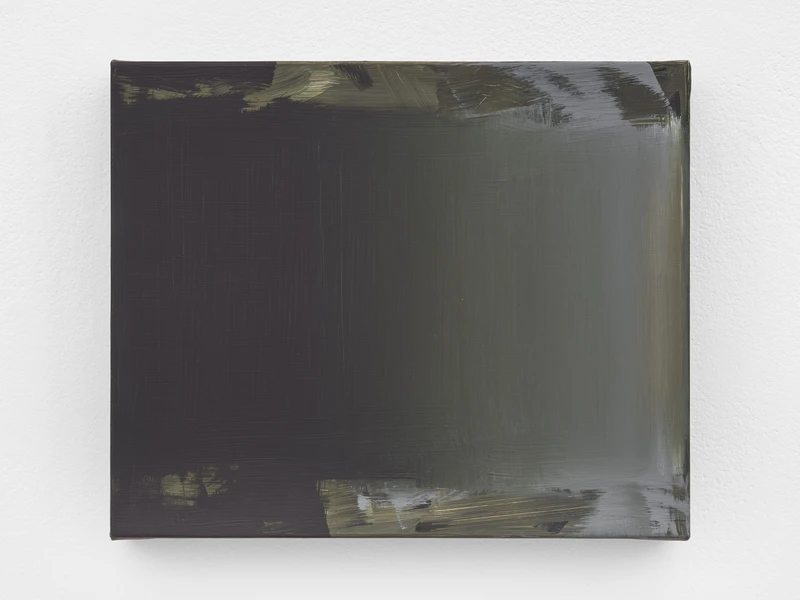Nancy Haynes: Dialectics of Silence
5 Apr-18 May 2024
PV 4 Apr 2024, 6-8pm


The exhibition features a selection of Haynes’s book-sized paintings from the series – library, dedicated to a pantheon of writers, important to the artist. In this series of works, Haynes approaches each intimately scaled linen canvas with painterly and meticulous manipulation of depth, light, and gradation, inviting viewers on an introspective journey into the illusive and inevitable nature of transience. Conceived within the parameters of a limited palette and absorbed into the muted surface, Haynes creates the sensation of an impermanence of time—a blurred sfumato of unfolded layers, an abyss in which all colors are mixed, but light is withdrawn, and a depth, as artist Cameron Martin describes, where “time is inhabited, animated and lived.” Along the edges of the paintings, Haynes paints the loose and interrupted perimeters, deconstructing the viewer’s preconception of composition and presenting them with a structural roadmap to investigate the relationships with the material surface, pictorial space, and conceptual, contemplative silence. Rather than directly translating her literary source material into the visual sphere, Haynes distills her memory of it, unifying moments from the present ‘here,’ as illustrated on the linen, and the distant ‘there.’ As Haynes says, the paintings are “non-representational, non-objective, conceptual.”
Nancy Haynes, arrived in New York City in the late 1960s during the height of the Abstract Expressionist movement when other burgeoning artist were conducting experiments in Minimal and Conceptual Art. Being exposed to an older generation of artists such as Ad Reinhardt (1913-1967) and Agnes Martin (1912-2004), Haynes embarked on developing a unique style that aimed to investigate light’s role in abstraction.